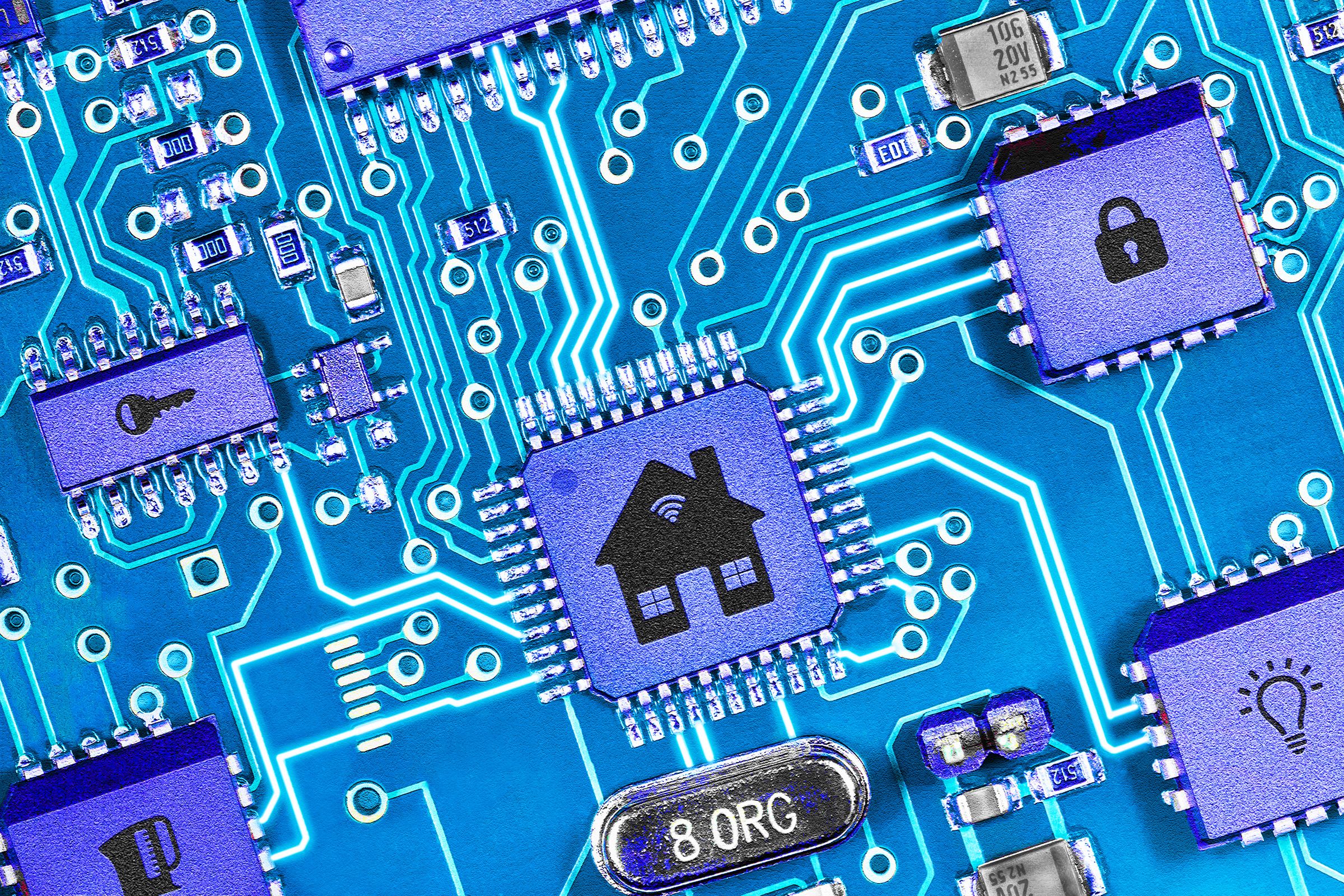The Rise of Matter: Paving the Path for a Unified Smart Home Ecosystem
 The Tech Times
The Tech Times
In the rapidly evolving landscape of smart home technology, the introduction and maturation of the Matter protocol represent a significant turning point. After navigating through a series of challenges, Matter is now poised to finally deliver on its promise of a more integrated and user-friendly smart home experience. With the backing of industry giants such as Google, Apple, and Ikea, the vision of a cohesive smart home ecosystem is closer to reality than ever before.
The Journey to Simplification
The concept of an interconnected home has always been enticing. Yet, the execution has often been fraught with complications, primarily due to the lack of a universal standard. Early adopters of smart home technology often found themselves ensnared in a web of incompatible devices and platforms. Each manufacturer had its own ecosystem, forcing consumers to choose between competing standards or resort to workarounds to integrate their devices.
Matter, initially known as Project CHIP (Connected Home over IP), emerged from this quagmire as a promising solution. Formed under the Connectivity Standards Alliance (CSA), Matter aims to create a unifying language for smart home devices, enabling seamless interaction across brands and platforms. Its journey has been far from smooth, with delays and technical hurdles causing skepticism about its potential impact.
The Power of Collaboration
The turning point for Matter came with the endorsement and active participation of major tech companies. Google, Apple, and Amazon, traditionally fierce competitors, found common ground in the need for a standardized protocol. Their collaboration, alongside other influential players like Ikea, underscores a collective recognition that the future of smart homes lies in interoperability rather than exclusivity.
This collaboration has not only accelerated the development of Matter but also strengthened its credibility. With such powerful allies, the protocol has the necessary clout to influence the direction of smart home technology. It is this coalition that has the potential to dismantle the silos that have long hindered the smart home industry.
A New Era for Consumers
For consumers, the implications of Matter's success are profound. The protocol promises to simplify the process of setting up and managing smart home devices, reducing the complexity that has traditionally deterred broader adoption. Users can look forward to a future where devices from different manufacturers work harmoniously, offering greater flexibility and choice.
Moreover, Matter's emphasis on security and reliability addresses another critical concern. As more aspects of daily life become interconnected, ensuring robust security measures is paramount. Matter's architecture has been designed with these considerations in mind, offering a more secure and resilient smart home environment.
Conclusion: A Promising Future
The evolution of Matter marks a pivotal moment in the smart home narrative. By prioritizing interoperability and collaboration, it lays the groundwork for a more inclusive and accessible future. While challenges remain, particularly in terms of widespread adoption and implementation, the momentum is undeniably building.
As Matter continues to mature, it holds the potential to transform the smart home landscape from a fragmented assortment of devices into a cohesive and seamless ecosystem. For consumers and industry players alike, this is a development worth watching closely. The age of the truly smart home may finally be upon us.
Source: Matter Is Finally Ready to Deliver the Smart Home It Promised
Subscribe to my newsletter
Read articles from The Tech Times directly inside your inbox. Subscribe to the newsletter, and don't miss out.
Written by
